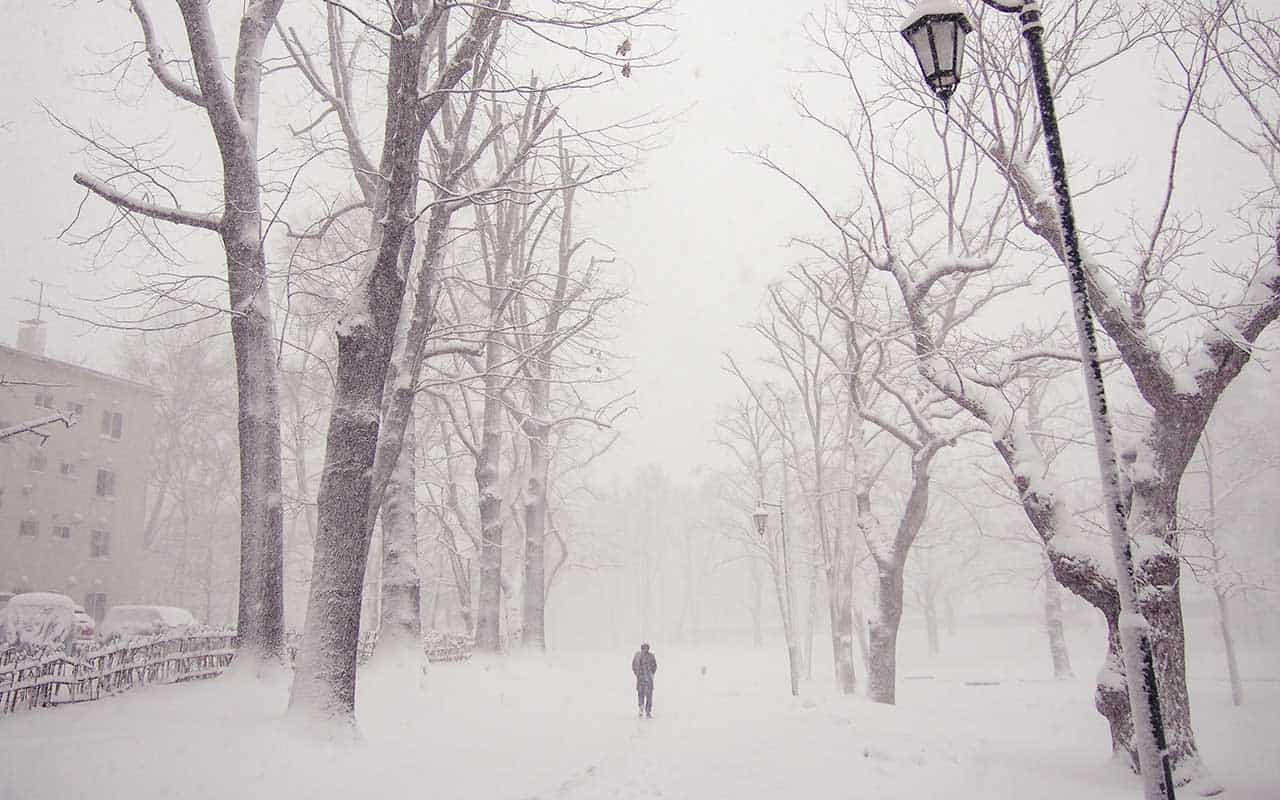As we wind down the month of January – the month that we here at Main Street have dedicated to health and wellness – I thought it fitting to also include one of my write-ups – but this one won’t be quite so focused on me or my health but tackles a different health concern.
I don’t know about you, but I’ve learned a lot this month from the numerous stories and features that we’ve had. We’ve been thrilled to have collaborated with so many local kick-ass experts in their health and wellness fields. But truth be told, even though the January 1st tabula rasa mentality and motivation has played a factor, the motivation is sometimes lacking and some days are just hard.
For me, the non-stop grey skies that seemed to dominate the first two, almost three weeks, of January were beginning to get really old! I’m very lucky that seasonal changes hardly affect me – but even I was beginning to have an issue by the middle of the month. And on top of that, waking up every morning before 7 and it still being dark and cold outside… I found myself not feeling all too motivated in that third week of January to do much of anything.
What is SAD?
My issue with the weather and being affected by seasonal changes is something that affects people more than you might realize – and the people affected by it have varying levels of affects and suffering as a result of it. What some of them suffer from, or are affected by, is Seasonal Affective Disorder or SAD.
Google defines SAD in the following way: “Seasonal Affective Disorder occurs in climates where there is less sunlight at certain times of the year. Symptoms include fatigue, depression, hopelessness, and social withdrawal. Treatment includes light therapy (phototherapy), talk therapy, and medications.”
Understanding SAD
If you haven’t heard of SAD before, Google continues to break down and define the disorder and lists a number of symptoms. For “mood” Google lists the following: anxiety, apathy, general discontent, loneliness, loss of interest, mood swings, or sadness. For sleep it lists sleepiness, insomnia, or sleep deprivation as being a result of SAD. The next category are symptoms of “whole body” and those are appetite changes or fatigue, while behavior symptoms are listed as irritability or social isolation. Also common are depression, lack of concentration, or weight gain.
As you see, there are many components of SAD. The good news is that there are treatments available. And we find ourselves in a time where mental health has very much been the topic of discussion within our community/country/world this past year, in large part due to Covid and people being exceedingly isolated and alone. So as we find ourselves in the middle of winter, I wanted to take this opportunity to raise awareness about SAD – and to emphasise that no matter the struggle that you find yourself facing, there is help to be had.
When it comes to mental and emotional wellbeing, there are numerous options for help and treatment. You just have to choose one that you are comfortable with, whether it be reaching out to family or friends or seeking professional help. Don’t ever think that you are alone. There is always help to be had. And just because we are still in the middle of a pandemic doesn’t mean that you can’t access professional help. Many local mental health professionals offer virtual sessions, and then there are many online platforms that match you with a professional that’s right for you – and you could talk with a professional from the comfort of your own home. If you’re interested in looking into these online platforms look at services like Talkspace and BetterHelp.
Winter can be a challenging time, especially for the folks with a SAD predisposition. But things will get better with the right help AND each day is getting longer and spring is just around the corner! So hang in there and don’t be afraid to ask for help.
Helpful links on SAD:
https://www.mayoclinic.org/diseases-conditions/seasonal-affective-disorder/symptoms-causes/syc-20364651
https://www.nimh.nih.gov/health/publications/seasonal-affective-disorder/index.shtml
https://www.webmd.com/depression/guide/seasonal-affective-disorder#1
https://www.talkspace.com
https://www.betterhelp.com

